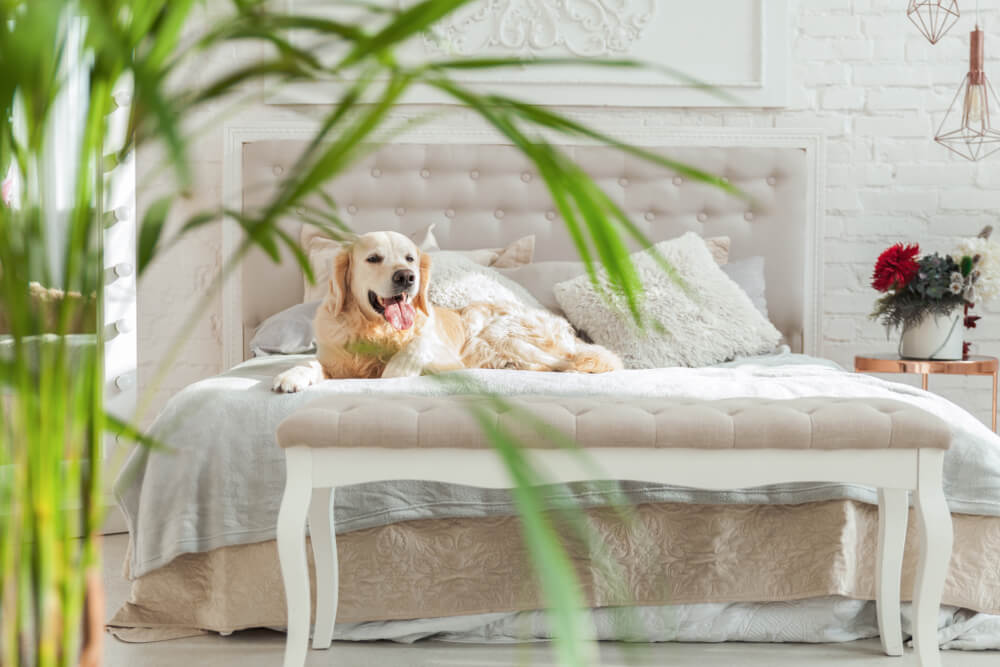Poisonous Plants and Your Pets
For those looking to brighten up their space and bring the outdoors in, house plants are a necessary part of any decor. Because there are so many types, it’s helpful to know which plants are poisonous to dogs and cats. From the lilies on the dining table to aloe vera on your mantle, there common plants to watch out for if you have a dog or cat. Rover and experts at Pet Poison Helpline, who get over 2800 calls annually due to plant-related illness or concern, worked together to build a database for pet parents. Of the 2800 annual calls, 66% are about dogs and 34% cats. To learn more, check out the list of poisonous plants toxic to dogs, cats, or both, along with whether they’re commonly found in the wild, in gardens, or in homes as houseplants. Pet Poison Helpline provided common symptoms to watch out for should your pet encounter one of these poisonous plants. Of the nearly 200 plants, Pet Poison Helpline receives the most calls about the following: Lilies Tulips Daffodils Rhododendrons Kalanchoe Philodendrons Yew Poinsettia Begonias Aloe Vera The full list here is intended to be a helpful resource to pet parents and be educational. Dogs and cats can coexist with many of your favorite plants and flowers safely. However, if you suspect your pet has ingested a plant that could make them sick, contact your veterinarian or an animal poison control service. Having background on which plants to watch out for is helpful if you share your home with a pet. Cats and dogs can coexist with plants if you’re cautious and know what to look for! There are also great pet-safe alternatives ready to provide oxygen and lively color to your space. -- Rover.com is the largest network of 5-star pet sitters and dog walkers. As a community of pet lovers, owners and sitters, they wanted to put together a helpful resource for pet parents to help keep dogs and cats safe.

